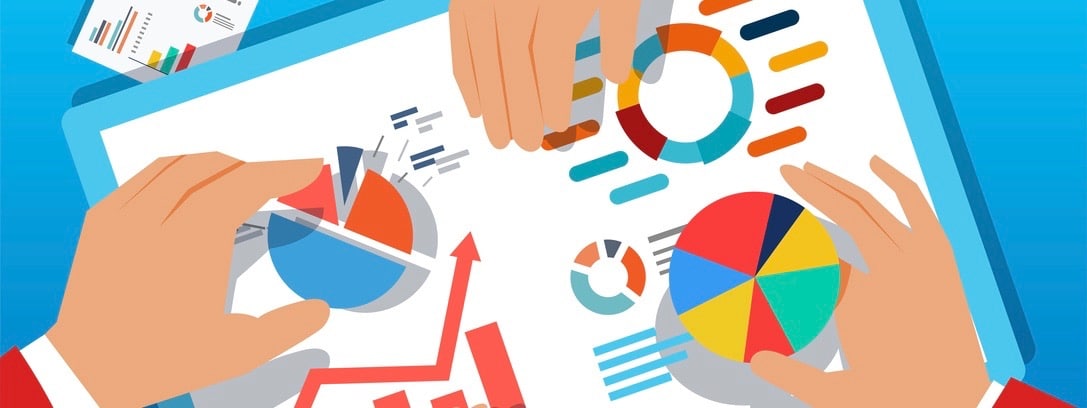Looking back on the most prominent business headlines of the last 12 months, describing 2017 as “eventful” is an understatement. Advertising on social platforms reached all-time highs as companies like Facebook and Snapchat vied for both consumer attention and advertising dollars. At the same time, concerns around brand safety and issues with viewability on the open web grew even stronger. Through this complexity however, there is one common thread: audiences.
In the days before digital, “audiences” were defined at a relatively low level of granularity—for example, moms with children under the age of five. Fast forward to now and brands simply can’t compete with these broadly-defined parameters—and their continued existence depends on it.
2018 will be the year we see a breakthrough in audience-based marketing. Thanks to advancements in technology, marketers can now find and apply audience-level data across channels such as television, social media and premium video, finally achieving the precision that has only been available through direct marketing.
Below are four audience-related trends I expect to see in 2018, along with tips marketers and industry professionals can use to provide the experiences their customers actually want – before getting left in the dust.
Social platforms will live—or die—based on how well they can deliver the experiences that audiences want from them
Whatever you call them, “social” media platforms remain some of the biggest marketing channels of our time. But the reality is that every modern consumer interacts on a range of different platforms and in a range of different ways. Consumers do not want a one-size-fits-all platform; they want specialized tools that do specific things very effectively.
In fact, it may be time to drop “social platforms” from our vocabulary all together. With new features and functionality, the major players such as Snapchat, Facebook, Pinterest and Instagram have started moving away from the all-encompassing “social media” label by playing to their individual strengths and answering what their audiences want and need from them.
As we move forward, there may be no more “social” platforms—there will be the go-to photo sharing platform, the go-to discussion platform, the go-to professional networking platform. Understanding audiences based on their individual habits will be key for social platforms and advertisers alike this year.
A new golden age of TV has arrived, making way for a new golden age of TV advertising
While the supposed death knell of TV has been ringing for years, real viewing habits paint a very different picture for the future of television. People actually consume more TV and TV-like content, they just do it differently than before. In Q4 of 2016, 82.1 percent of video was consumed via traditional television. The remaining 17.9 percent, a whopping 110 trillion minutes, was consumed through a combination of Connected TV, tablets, mobile, and desktop screens.
TV advertising simply isn’t dying in favor of digital advertising. However, that doesn’t mean TV advertisers can’t learn a thing or two from their digital counterparts. The ability to create targeting criteria using social, TV, and marketer-owned data, and programmatically buy TV placements in an automated fashion and on whichever screen captures their audiences’ attention, is changing the game by bringing the best of TV and digital advertising together.
Marketers will thrive by optimizing around audiences to deliver bespoke experiences
Brands are working fiercely to keep up and compete with companies like Amazon, which is well on its way to fully integrating an omnichannel experience optimized around prescriptive audiences. For this reason, audience-centric experiences will be an enormous focus in 2018.
Traditional marketing focused on serving messages that were brand-centric. Modern marketing must focus on understanding audiences and serving customized, relevant content. Brands and agencies that have shifted their thinking to audiences rather than brands or channels have been able to create a more authentic place in consumers’ daily lives. Expect to see both agency and brand organizational structures evolve in 2018 to better optimize around audiences.
AI will become the new competitive differentiator by enabling real-time, personalized experiences
Data is critical for delivering the experiences that I just explained will set brands and agencies apart in 2018. So as the focus on audience-centric experiences increases, so too will the use and application of AI technology.
If data is now the world’s most valuable resource, AI is the refinery where this valuable raw resource is transmuted into direct business impact. This is already happening on some platforms – Facebook, for example, uses AI-fueled technology to serve contextually relevant images and videos in ads. This trend will grow along with the demand to create dynamic experiences that are optimized for individual audiences.
By taking a blended method to premium media, and embracing artificial intelligence and other advances to come, you’ll be one step closer to delivering more compelling and impactful customer experiences that will delight your audiences and move the needle on your business objectives. That’s what I see ahead for 2018. What about you?



